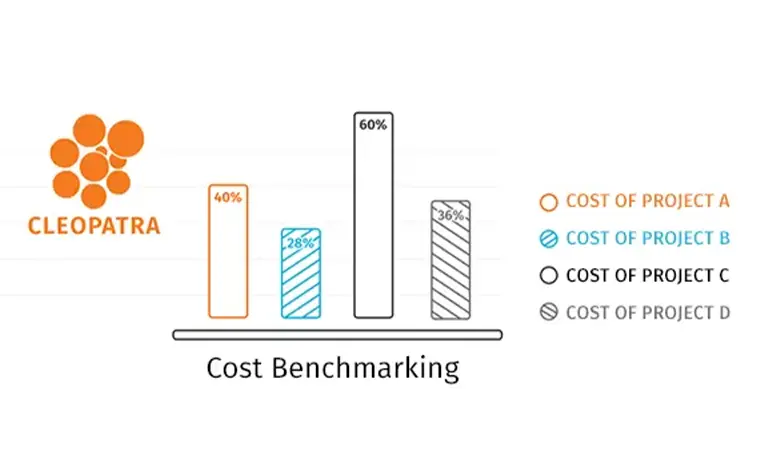
Every project begins with clear goals, a defined scope, and an approved budget. Yet despite thorough planning, many still struggle to stay on track. Costs rise unexpectedly, schedules extend, and performance starts to slip. In most cases, cost overruns don’t stem from visible or planned expenses; they originate from hidden costs. These unseen factors quietly erode profitability, distort forecasts, and undermine project confidence. By integrating cost, time, scope, and risk data in one platform, project teams can evaluate the discrepancy between initial and actual costs.
Effective Budgeting and Risk Management
Budgeting is more than just assigning numbers to tasks; it’s about predicting and preparing for uncertainty. The most resilient organizations treat their budgets as living documents and constantly update them to reflect new information and risks.
To minimize hidden costs, you should:
- Build contingency reserves into your budgets for high-risk activities.
- Conduct thorough risk assessments early in the planning phase.
- Use scenario modeling to test how changes in scope, prices, or schedules could affect total costs.
- Align financial planning with operational realities, not assumptions.
At Cleopatra Enterprise, we make this process easier by integrating cost and risk management in a single ecosystem. Teams can easily link cost estimates to probabilistic risk analyses, track exposure, and adjust forecasts dynamically. That means no more surprises, just data-backed clarity throughout the project lifecycle.
Hidden costs can quietly undermine even the most promising projects, turning well-intentioned plans into budget blowouts. However, they can be identified, measured, and managed if you have the right tools and mindset. By combining integrated cost controls, transparent reporting, and predictive analytics, organizations can eliminate blind spots and transform lessons from failed projects into frameworks for success.
Effective project cost tracking is essential to staying on budget and making informed decisions. This guide explains how…
Operational efficiency in project management is about achieving more with less: delivering projects on time and within budget…
Related resources

Cost Benchmarking in Capital Projects: Definition, Benefits, and Examples
In today’s ever-changing markets, large capital projects face increasing pressure to deliver on time and within budget. Project teams need tools and strategies that enable them to compare their performance against proven standards and identify opportunities for improvement. Cost benchmarking is key to achieving this. By systematically comparing project data…
Read blog article
Introduction to Risk Management in Project Management
Large capital projects face major uncertainties in cost and schedule. This article explores how effective risk management helps organizations identify, assess, and control risks to improve predictability and project success.
Read blog article